Our seventh Connecting the Culm Forum, held in April at the Cullompton Community Centre, focused on nature-based solutions (NBS) and how we are using them to tackle flooding and drought and to restore nature.
Our first speaker was Lucy Jefferson, Senior Culm Catchment Officer (pictured above), who explored the different types of NBS being installed on farms in the catchment, with advice and support funded through the Devon Resilience Innovation Programme (DRIP). These works, combined with NBS installed under previous Connecting the Culm projects, are gradually creating a substantial network of features to make the catchment more resilient to flooding. The map below shows this network as it has evolved to date, and our work is now accelerating to roll NBS out faster.
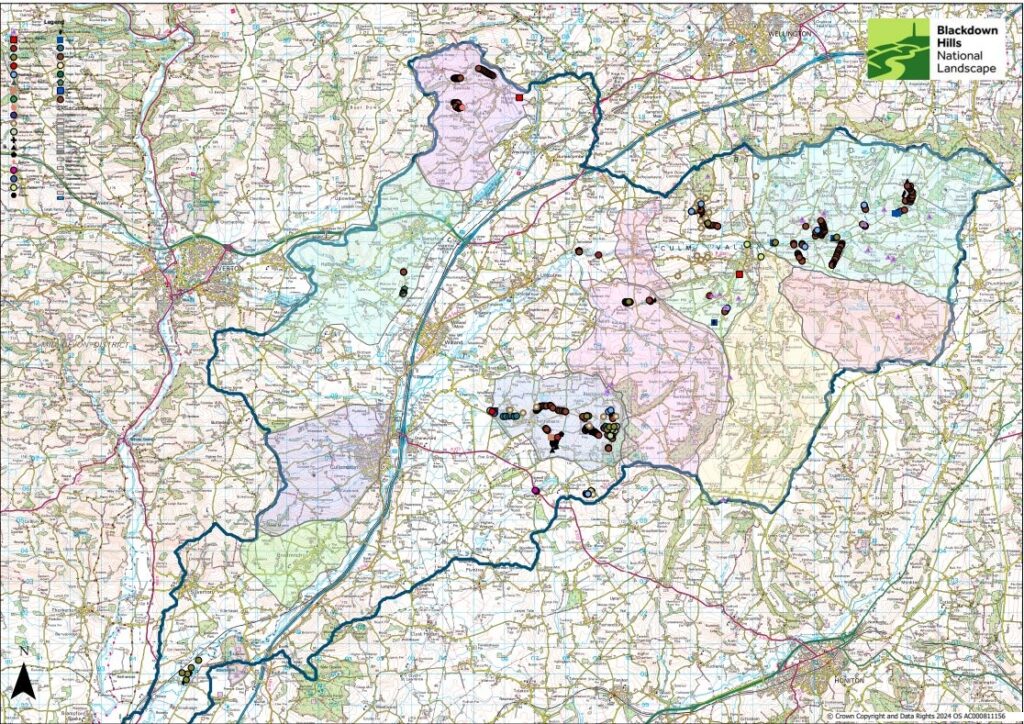
Next was Julie Gregory, Head of Climate Resilience and Sustainable Growth, Network Rail Wales & Western Region. Julie talked about the challenge of flooding at the Hele Crossing, which is the key bottleneck for floodwater in the catchment. Previous approaches explored installing a raised bridge to accelerate floodwater past the crossing, but now Network Rail are funding investigations by Connecting the Culm to use NBS in the wider catchment that could reduce the flood peak at Hele.
Finally, Cllr Natasha Bradshaw, Cabinet Member for Environment and Climate Change at Mid-Devon District Council, talked about how the planning system needs to be used to support a catchment-based approach when planning new development. The Culm Garden Village is a prime example of this and the aim is to build resilience outside of the development boundary.
There followed a lively Q&A session. Some additional questions were posted by the audience and answers from the panel are in the table below.
| Themes | Questions / comments | Answers / responses |
|---|---|---|
| Building resilience | Are Network Rail talking to other businesses in the area that would benefit from flood prevention, about a joined up programme of investment into green solutions? | It is absolutely part of our strategy to do this. We are talking to other infrastructure owners/operators and the Environment Agency rather than businesses as such. This is something that will evolve as more green solutions are developed. Part of each scheme will be to identify potential partners.
(Julie Gregory) |
| Development | Isn’t there a mitigation hierarchy for BNG? | Yes, there is:
(Cllr Natasha Bradshaw) |
| Development | Is there concern that ‘insetting’ Biodiversity Net Gain (BNG) commonly used by developers doesn’t deliver biodiversity uplift on the ground? | It is assumed that this question relates to on-site Biodiversity Net Gain (BNG)- within the red line planning boundary. A condition of planning permission is that a BNG ‘uplift’ is fully achieved/ delivered and this is not always possible within this red line boundary. Developers would then need to deliver a mixture of on-site and off-site compensation (outside the red line boundary) or pure off-site compensation.
The term ‘insetting’ usually refers to implementing methods to reduce emissions internally within a company, while ‘offsetting’ involves compensating for excessive emissions by supporting external projects (Cllr Natasha Bradshaw) |
| Development | Why can’t planning conditions [on developers] be used to fund flood resilient developments? | Yes, planning conditions are used to ensure that developments are flood resilient. These conditions may be recommended by the Environment Agency and/or Devon County Council as Lead Local Flood Authority. Developers of major developments are required to submit a Flood Risk Assessment with their applications with mitigation to ensure flood resilience and it is this mitigation that would be conditioned on any planning permission. At East Cullompton, MDDC went further than would normally be the case by commissioning their own Strategic Flood Risk Assessment (SFRA) on which developers’ more detailed Flood Risk Assessments would need to be based.. The SFRA was developed through engagement with the Environment Agency, Devon County Council and the Connecting the Culm team and sets out measures to ensure that new developments are at the very least flood neutral (i.e. no increase to flood risk) or at best flood ‘positive’ (i.e. resilience benefits). However, through the current legislation, developers are only required to ensure that their developments are safe from flooding and do not increase flood risk elsewhere, including taking into account any increased risk through future climate change. If developers are able to mitigate flood risk and ensure flood resilient developments within their own planning application area, they could not be required to make financial contributions to fund off-site flood resilience measures.
In my opinion, engaging developers in a whole catchment approach to flood risk management is desirable – rather than limiting mitigation to within the planning boundary – so a collaborative approach is sought. (Cllr Natasha Bradshaw) |
| Development | Design surface water runoff to green field run off rate- is this possible? | Yes, sustainable urban drainage systems (SuDS) are designed to have capacity for all the surface water runoff from new developments, so that run off is no greater than existing green field run off rates. In addition, most of Cullompton, including the development area at East Cullompton, is designated as a Critical Drainage Area (CDA) by the Environment Agency. This designation means that new developments within the CDA need to reduce run off rates to below existing green field run off rates. Through Connecting the Culm, nature based solutions (e.g. extensive wetlands) are being piloted.
(Cllr Natasha Bradshaw |
| Access | When might the improved access along the Culm happen?- footpath/ cycle trail and green transport?
Plenty of mentions of riparian tree planting, but not a single mention of access for the public to the riverbanks |
The Connecting the Culm project will be investigating this further with Mid Devon District Council and Devon County Council. It was a proposal put forward to DCC for the Local Cycling and Walking Infrastructure Plan (LCWIP). Subject to landowner approval, there may be opportunities to better connect people with nature/ the river, whilst also leaving some areas undisturbed for wildlife and avoid impact to farm businesses. The proposed Culm Garden Country Park within the Master Plan – will provide public access.
(Cllr Natasha Bradshaw) |
| Land management | I understand farmers received grants in the 20th century to drain farmland. Are there plans to reverse some of these field drains to slow run-off? | Making land wetter in appropriate places is a great way to slow down run off, Connecting the Culm work with landowners who are willing to store run off on their land with a variety of nature based solutions; bunds, ponds and swales to store water, encouraging rough ground or tree planting. Many older field drains are not working effectively anymore and are often not upgraded by landowners, creating wet ground that store run off as a result
(Lucy Jefferson) |
| Land management | Is there capacity to help farmers buy shared soil conditioning machinery? And education on how to use them, e.g. aerators, min and no till drills, sub-soilers etc. | Although we are unable to purchase agricultural machinery, we are able to provide education from soil specialists on the use of soil improving machinery and sustainable soil management advice. We are also able to provide advice on the government grants available through ELMS, with a focus on soil management for water
(Lucy Jefferson) |
| Land management | Must benefit part of a system e.g. flood alleviation (homes), biodiversity, quality of life, carbon capture and storage- [any comments on multiple benefits from an area of land?] | At present the majority of our funding for CtC comes from projects which focus on flood resilience and the protection of properties at risk. But by the nature of their construction the NBS that we install with landowners have many other benefits as mentioned; biodiversity, habitat creations, and carbon capture and storage. They can also create new habitats for people to enjoy, such as wetlands or woodlands
(Lucy Jefferson) |
| Land management | Natural winding rivers- but banks for erosion? | Restoring rivers to their natural function often return them to a moving and meandering form. River restoration on the Culm will concentrate on reconnecting the river channel with its floodplain meaning it will have a smaller channel which floods out on to the floodplain much more quickly in a rain event. This takes the speed out of the in channel river, which takes the erosive pressure out of the river on its banks
(Lucy Jefferson) |
| Land management | What about maize in the wrong places? Any answers? | When visiting landowners we discuss and advise on the suitability of certain crops, including maize, on slopes and vulnerable soils. We are promoting the message from the Environment Agency on the growth of high risk crops on high risk soils. Ultimately is the statutory role of the EA to promote their message of where suitable crops should or shouldn’t be grown to avoid run off and soil compaction
(Lucy Jefferson) |
| Water quality | Can there be some attention to cleaning the Culm and reducing sewerage, farm and road run-off? | We work closely with the Catchment Sensitive Farming Officer at Natural England to look at farm run off reduction and the correct use of Nature Based Solutions can help to filter and store nutrients from farm run off. We are working with National Highways on designing and installing Nature Based Solutions to the run off from the M5 outfalls within the Culm Catchment. We have a water quality steering group where we discuss the water quality issues the Culm faces and we have a representative from South West Water who attends this meeting
(Lucy Jefferson) |
| Private investment/ green finance | Are any of the current nature based solutions (NbS) in the catchment funded by private investment? | Not yet, although we are working up some ‘shovel ready’ projects that could be delivered this year (and in future years) so we have an offer ready to go
(Tim Youngs) |
| Private investment/ green finance | What is the role for private finance? | We are looking at a blended finance mix, which is a mix of public and private monies. We apply strict ‘due diligence’ filters, using (the precautionary principle, so that we would not accept funding that did not concur with our values and/or funding ‘rules.’ However, in order to deliver the ambitious 25 year Blueprint for Connecting the Culm, that requires several millions of pounds, we recognise that private finance does need to be actively considered, alongside public funding
(Tim Youngs) |

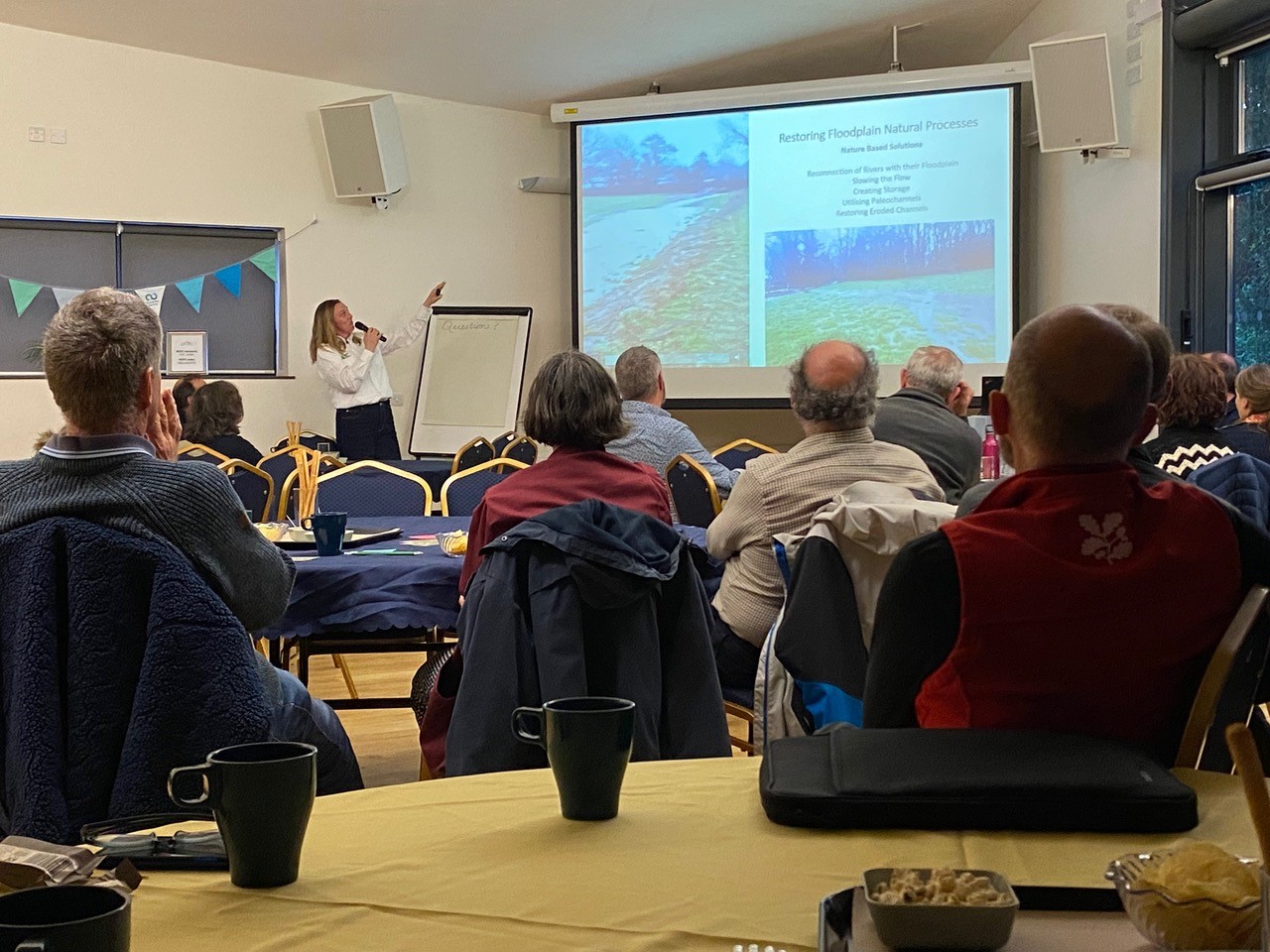
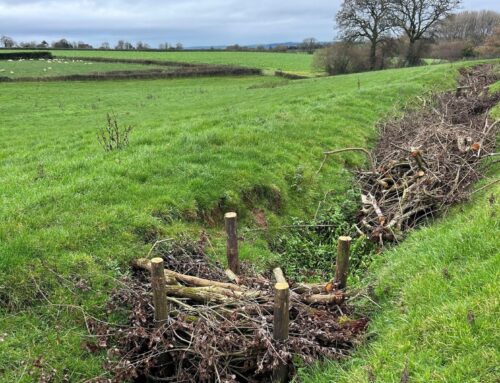

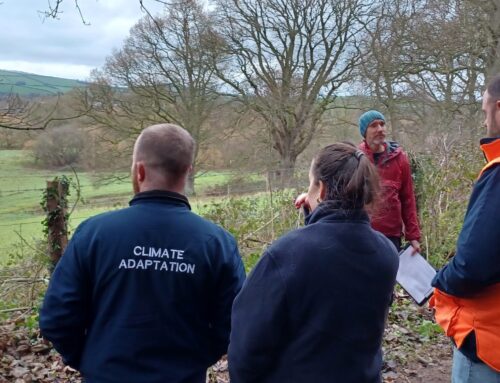
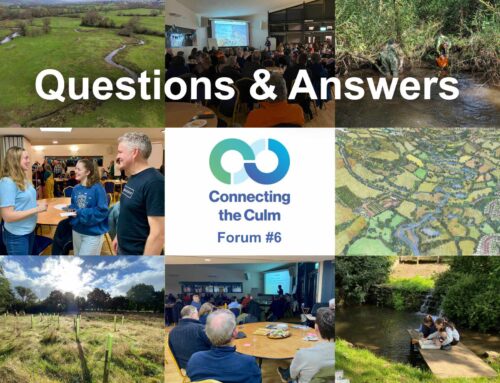

Leave A Comment